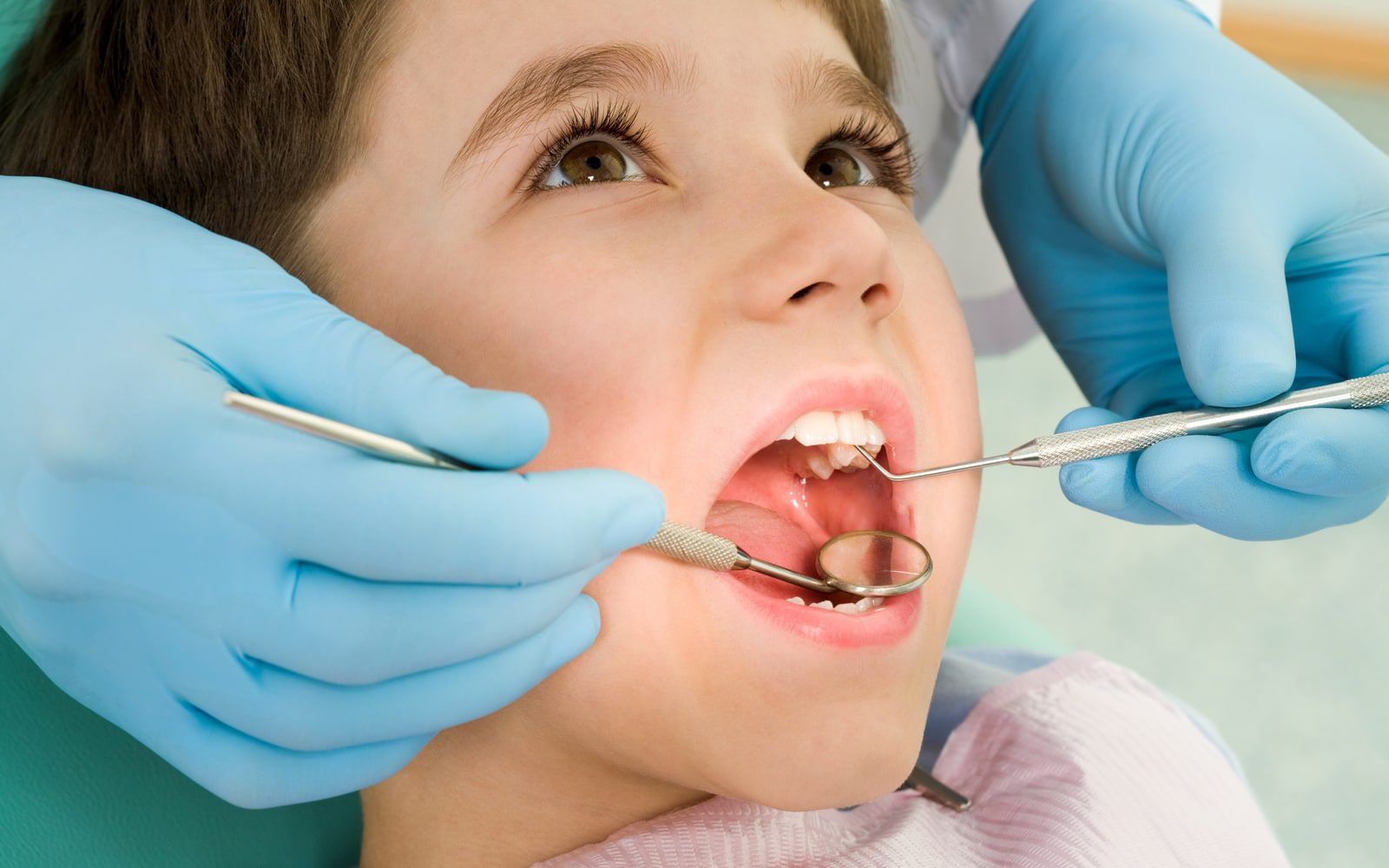Our Strategies For Treating Children’s Orthodontic Pain

Having your child get braces is considered a healthy, lifelong investment into your child’s dental health but can also be one of the biggest challenges for your child growing up. It can especially be difficult during the first week or so of their new treatment, as they may complain about their teeth hurting often. While orthodontic pain is considered normal, your pediatric dental team can help guide you through the first stages of their braces treatment and provide you with effective means for pain relief.
Why Do My Child’s Teeth Hurt So Much?
For first-time parents of children with braces, your child may have a difficult time adjusting to their new circumstances. They may express their discomfort through protests, express how much their teeth hurt them, and may have a difficult time chewing and speaking during the first few weeks. In these cases, it’s normal for your child to experience these things. Braces tend to cause mild forms of pressure along the teeth and gums, which can make your child more sensitive to temperature changes in their food, have signs of inflammation in the gums, and overall be more uncomfortable with their current treatment.
One of the biggest reasons that braces tend to hurt the most is because braces act on pressure and anchor points to maneuver the teeth into the correct position. This pressure can cause changes in blood flow throughout the gums, cause the teeth to feel tight in the mouth, and can even cause higher sensitivities to pain. This form of mild discomfort is a normal response for many children, especially if they are new to wearing braces. However, it doesn’t mean that the pain should last forever.
Most of all, the pain and pressure they feel within their mouths is temporary at best and should go away within the first week of them wearing braces. It is after the first week that parents should worry, especially if your child is showing signs considered unusual to normal braces treatment. Signs you should look out for include expressions of sharp pain, gums bleeding, and broken wires.
How to Be Proactive With Your Child’s Orthodontic Treatment
Early orthodontic treatment can be especially useful for preparing your child’s teeth for life, but when your child starts to experience problems, the best resource to go to is your pediatric dentist. Through your pediatric dentist, they can help diagnose any conditions that may arise and reassure you through confidence that they can treat your child with ease. While preparing your child for long-term orthodontic treatment can be harrowing, there are some things you and your dentist can do in the meantime to ease this process, including:
- Planning Nutrition: Planning your child’s nutrition ahead of time can help them learn about what foods not to eat, what foods are healthy for them, and where they can best get their vitamins and minerals.
- Using Orthodontic Wax: Teaching your child to use orthodontic wax can help alleviate the pressure they experience and work to protect the soft tissues and gums from pain.
- Having Over-the-Counter Medications: When their teeth are sensitive, over-the-counter medications can provide anti-inflammatory effects to alleviate pain.
- Preparing with Emergency Care Plans: In cases where the pain gets significantly worse, your pediatric dentists should have an emergency dental care treatment plan in place to protect your child’s teeth from trauma-related injury.
If your child has braces and you want better ways to alleviate their pain, the best way to learn more is by scheduling an appointment with your pediatric dentist for an appointment.

